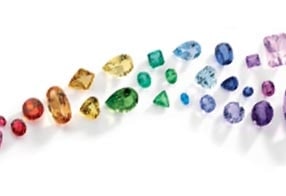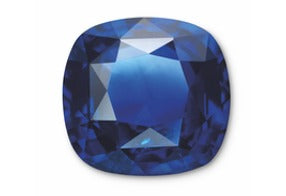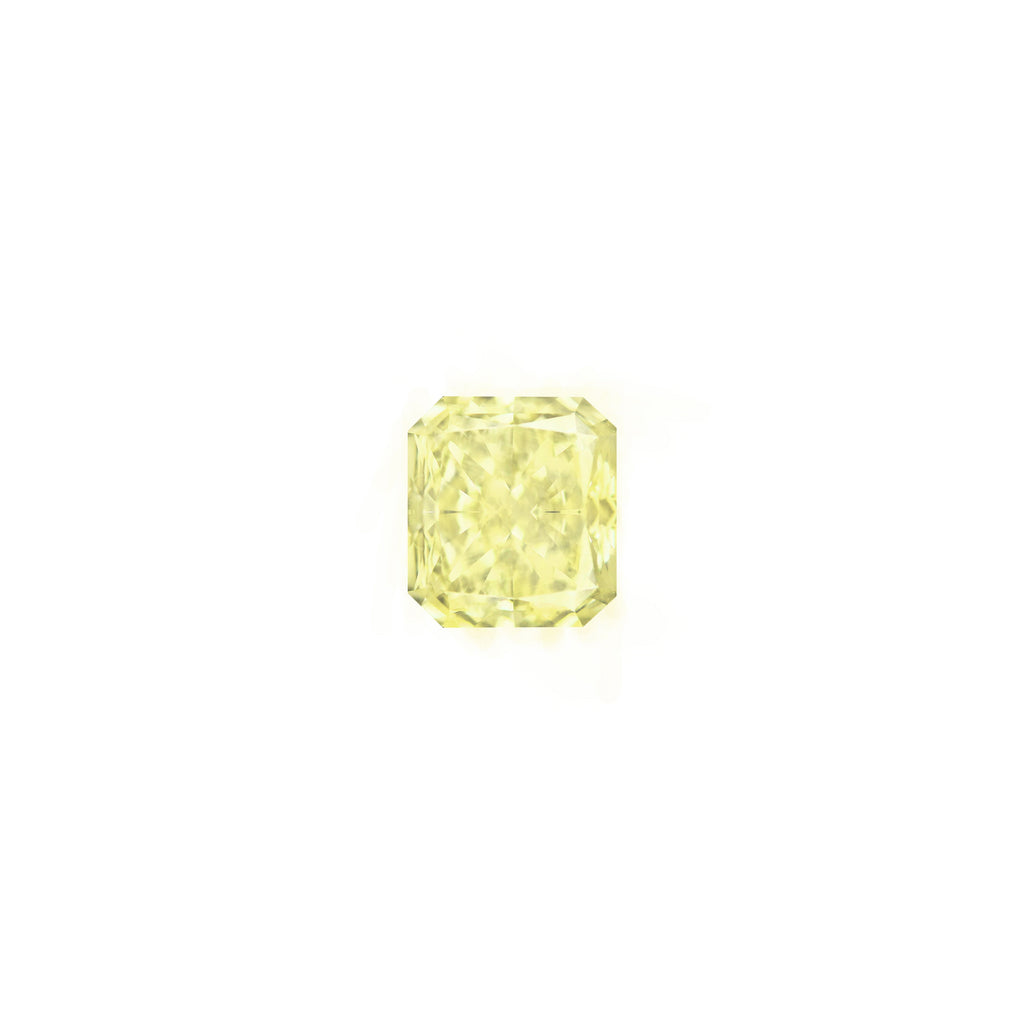DIAMOND
Crystal System: Cubic
Moh's scale of hardness: 10
Lustre: Adamantine
Birthstone: April
About: Diamonds are mostly known as colourless stones but they actually come in almost every colour with yellow and brown being the most common and red and orange being the rarest. Coloured diamonds are better known as fancy-coloured diamonds. The name “diamond” derives from the ancient Greek word “adamas” which means “unbreakable.” The colour in diamonds is caused by impurities such as nitrogen, boron, colour centres or natural irradiation. The crystal system of diamonds is cubic and their common habit is octahedral so fascinating pieces of rough are usually left intact and are praised for their unique shapes. Another characteristic of diamonds is their fluorescence; approximately 35% of diamonds fluoresce under UV light. In the trade it is considered that fluorescence adds value to diamonds that are colour-graded between I to M because it reduces their yellow tint. However it deducts value from the diamonds graded between D to I because it can make them look cloudy.
Origin: The main sources of diamonds are: South Africa, Central Africa, Australia, Canada, Russia, India and Brazil.
Use in jewellery: Diamonds’ exceptional hardness makes them ideal for everyday jewellery that withstands daily wear which makes them the preferred stone for an engagement ring. As opposed to coloured stones, diamonds have a universal grading system and there are four basic factors that set their value known as the “4Cs”; Colour, Clarity, Cut, Carat Weight. Colourless Diamonds are further graded on the D to Z colour scale where D represents the complete absence of colour and Z a visible presence of colour usually yellow or brown.
Treatments, synthetics and imitations: Diamonds are treated to either enhance their colour or improve their clarity. The most common colour treatments are irradiation, annealing and HPHT (High Pressure High Temperature) and the most common clarity treatments are laser-drilling and fracture-filling. Diamonds are produced synthetically in labs through the HPHT (High Pressure High Temperature) or the CVD (Chemical Vapor Deposit) method. Synthetic diamonds share the same chemical properties as natural ones but their value is significantly lower so they should always be disclosed as such. Some of the materials that are most commonly used to imitate diamonds are: glass, cubic zirconia (CZ), zircon, synthetic moissanite, synthetic rutile, strontium titanite, GGG, YAG, synthetic colourless sapphire and synthetic spinel.
Famous examples: One of the largest and most valuable fancy-coloured diamonds in the world is the “Hope Diamond” weighing 45.52cts and is classified as a fancy dark greyish blue.


















